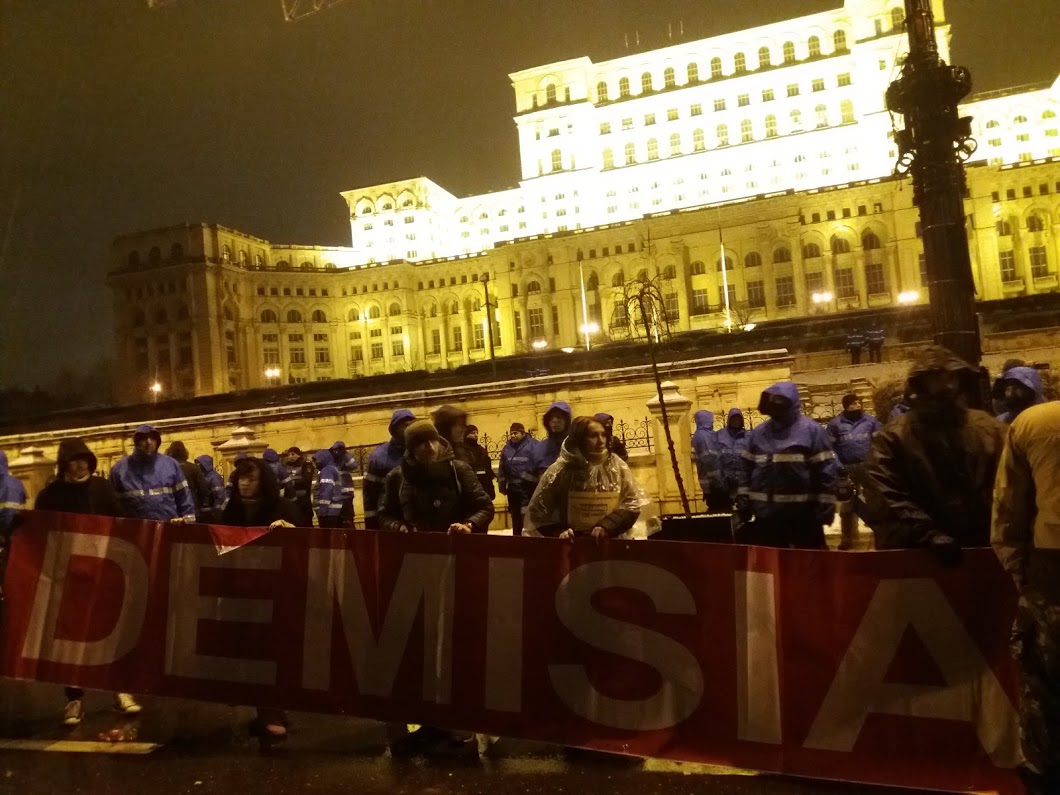

Gruia Bădescu
Humboldt Fellow
University of Konstanz
Iulia Stătică
Marie Curie Research Fellow
The Bartlett School of Architecture, UCL
When it comes to the monumental expression of power, the Romanian Parliament building in Bucharest is unparalleled in Europe: the world´s heaviest building, and among the largest and most expensive to run on the planet. Central point of Nicolae Ceauşescu´s Victory of Socialism Boulevard and of the Civic Centre urban project of the 1980s, it has been often described in the literature as a megalomaniac structure to embody power, reorient space, and fulfil the political vision of a “new city” for the “new human” of Romanian socialism. However, less has been written about how this monolithic architectural form has been adapted to become the Parliament of Romania after the 1989 fall of regime. By focusing on continuities and frictions between different spatial visions, this paper explores the spatial construction of political practice in the Romanian democracy. Through developing a genealogy of this space, the paper inquires into the relationship between explicit representations of power and the transformation and re-appropriation of architecture and the urban fabric still carrying material, political and ethical traces of a contested past.
To do so, we shall first highlight the entanglement of politics and architecture in the inception of the space. Part of the extensive programme of systematisation of Bucharest which started in late 1970s, the House of the Republic marks a turning point in the constitution of a new urbanism, one that relates to a territorial scale through vast demolitions of the historical fabric. Its envisioning as a landscape rather than as a building—which would determine the erasure of a significant part of historical fabric of Bucharest, in a gesture to locate it on the highest point of the city—aimed to create not just a physical object, but a symbolic site for the projection of specific political and cultural ideals. We shall discuss the choice of Anca Petrescu, a 27 year old woman, as its principal architect in relationship to the political articulation of gender in late socialist Romania. Second, we shall examine the nature of the complex and conflicting remaking of the House of the Republic in the Palace of the Parliament in 1994, and how the gigantic structure materialised as the essence of the state socialist project was metabolised as the representative building for democracy. In relation to this, we also analyse the tensions related to the insertion of the Museum of contemporary art, both from the building’s architect, as from the Romanian Senate, wary of the presence of “people” so close to the areas of political activity, musing on the endurance of the separation between power and people in post-1989 Romania. We further examine this issue by focusing on the wall that separates the Parliament precinct from the rest of the city, contested by various civic groups, but constantly defended by political figures as a necessary security element. We discuss how the securitisation of space functions as a political narrative rooted in past, normalised, political understandings of city and people. As such, the paper highlights continuities in the treatment of space beyond the mere survival of the architectural monolith, and asks to what extent do these post-communist reappropriations of the space reside in the contemporary imaginary, structure and political unconscious of the city.